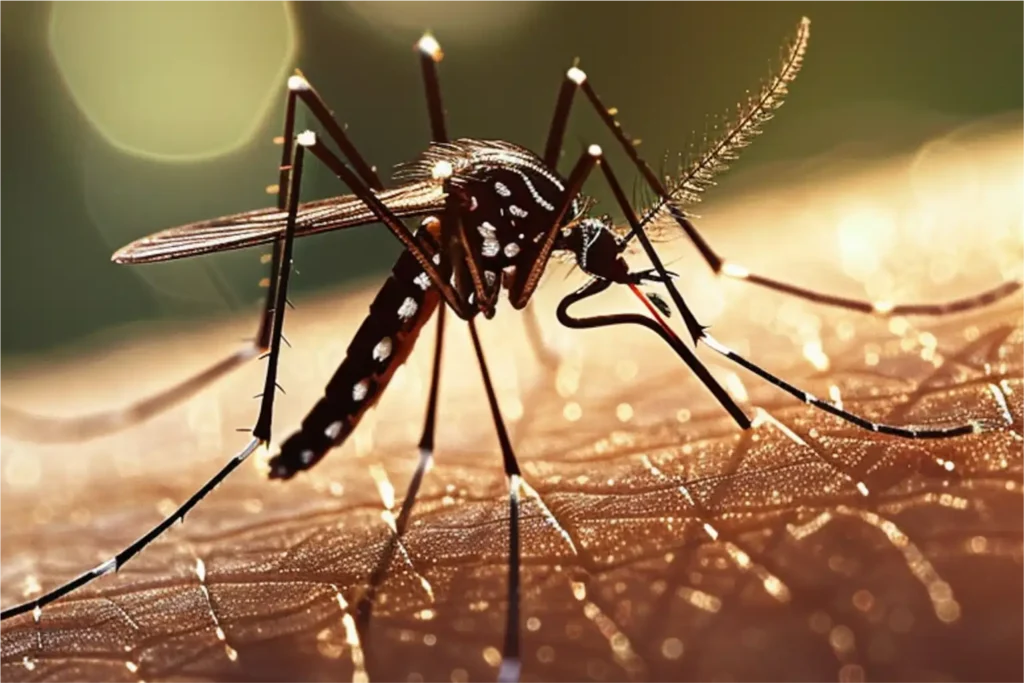
As southern China battles its worst chikungunya outbreak on record, scientists have launched an unconventional weapon: swarms of giant “elephant mosquitoes” whose larvae feed on the very insects that spread the virus, Bloomberg News reported.
In Guangdong province’s city of Foshan, more than 6,000 infections have been reported in just three weeks. With cases surging, public health officials are deploying both standard and novel containment strategies, from mass PCR testing and quarantines to neighbourhood-wide disinfections and targeted mosquito control efforts.
Among the most striking measures is the release of Toxorhynchites splendens, or elephant mosquitoes—a species nearly 2 centimetres long, whose larvae prey on Aedes mosquitoes, the known vectors of chikungunya, dengue, Zika, and yellow fever. Unlike most mosquitoes, these do not bite humans.
Also Read | China mandates epidurals in major hospitals amid declining birth rates
Led by researchers at Sun Yat-sen University’s Zhongshan School of Medicine, the program has turned to what some are calling a “mosquito factory,” where sterile male mosquitoes and predator larvae are bred in bulk. According to Dr. Zhang Dongjing, a technical director at the center, a single elephant mosquito larva can devour up to 100 Aedes larvae.
Officials in Foshan have also released over 5,000 native fish into ponds and canals, species known to consume mosquito eggs and larvae, as a supplementary control measure.
Meanwhile, city authorities have designated 53 hospitals for chikungunya care, offering more than 3,600 beds fitted with mosquito nets and are planning to expand capacity. Nearby Guangzhou has launched a week-long, intensified mosquito eradication drive, spraying twice daily across 120 neighbourhoods mapped as high-risk zones.
Chikungunya is a viral illness that causes fever, rash, and often intense joint pain. Although the disease is rarely fatal, it can cause severe debilitation. First detected in China in 2008 via imported cases, local outbreaks have remained limited until this year.
The US Centers for Disease Control and Prevention has confirmed it is preparing to issue a travel advisory for China in response to the growing number of infections, the report added.








